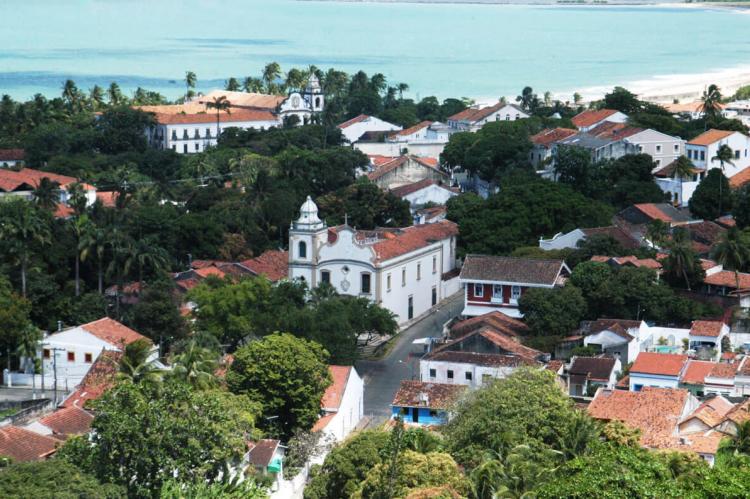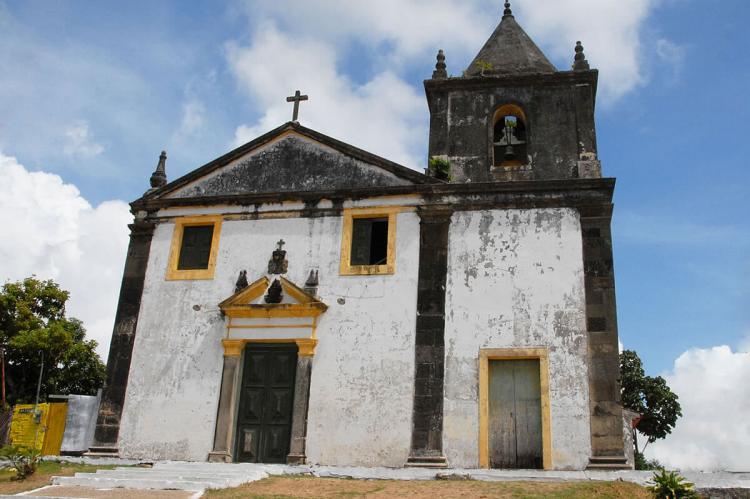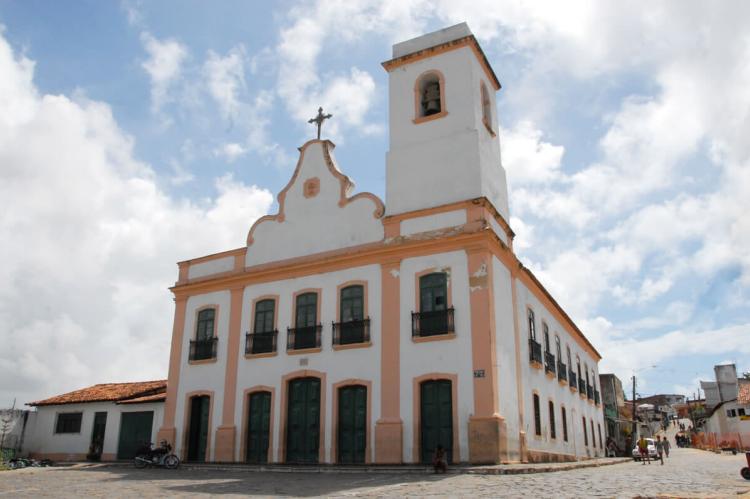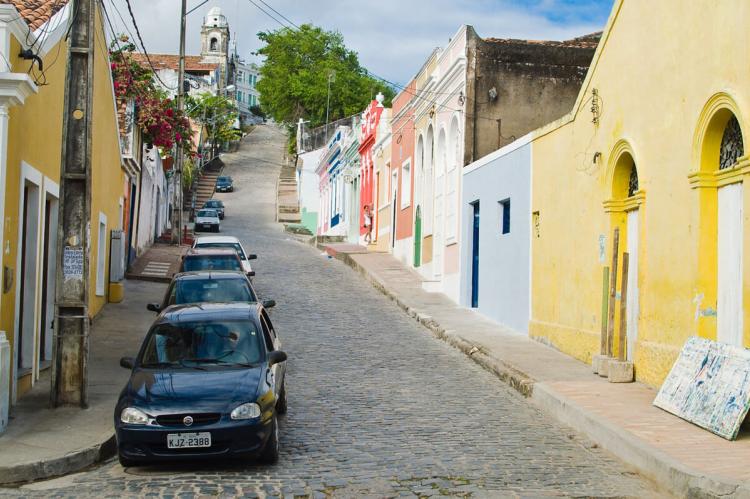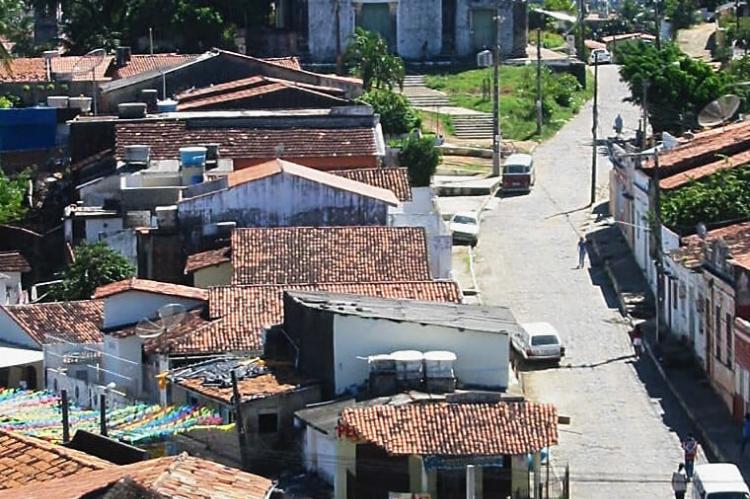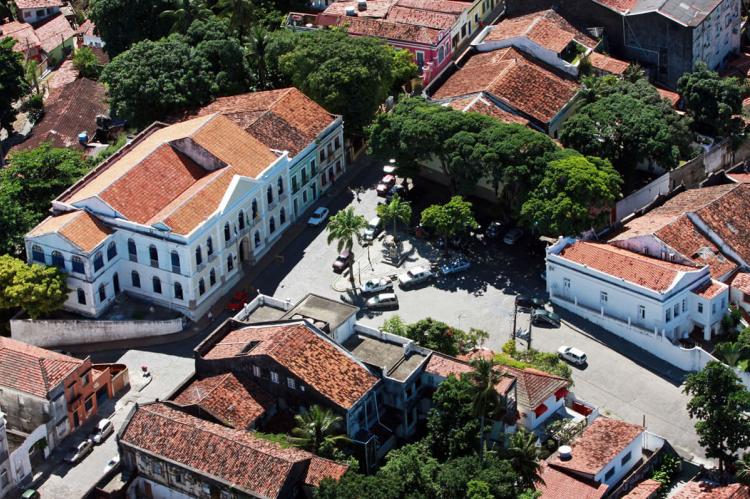Olinda: A Timeless Treasure of Colonial Brazil
Olinda, a historic town in northeastern Pernambuco, Brazil, captivates visitors with its rich cultural heritage and stunning colonial architecture. Perched on a hill overlooking the Atlantic coast, just a few kilometers north of Recife, Olinda is a history and culture treasure trove.
The Splendor of Olinda: From Colonial Roots to Vibrant Present
Olinda, a historic town in northeastern Pernambuco, Brazil, captivates visitors with its rich cultural heritage and stunning colonial architecture. Perched on a hill overlooking the Atlantic coast, just a few kilometers north of Recife, Olinda is a treasure trove of history and culture, recognized as a UNESCO World Heritage site. Exploring Olinda reveals its historical significance, architectural marvels, and contemporary cultural landscape.
Historical Significance
Foundation and Early Development
Founded in 1535 by the Portuguese Duarte Coelho Pereira, Olinda quickly became an essential center of trade and culture during Brazil's colonial period. The town's early prosperity was closely tied to the sugarcane industry, which became the mainstay of the Brazilian economy for nearly two centuries. Olinda's strategic coastal location facilitated trade and the importation of enslaved Africans, who were instrumental in the labor-intensive sugarcane cultivation.
Colonial Capital and Dutch Occupation
In 1537, Olinda was designated the colonial capital of Pernambuco. Its status as a feudal and ecclesiastical stronghold continued until the abolition of slavery in 1888. The town's prominence attracted the Dutch, who captured Olinda in 1630 and occupied it until 1654. Recife emerged as the new colonial capital during this period, leading to a shift in regional power dynamics.
Architectural and Cultural Heritage
A Blend of Influences
Olinda's architecture is a testament to its diverse historical influences, blending Portuguese, Dutch, and indigenous styles. The town is renowned for its well-preserved colonial buildings, colorful streets, and picturesque squares. Narrow cobblestone streets are lined with vibrant houses adorned with ornate balconies, tiles, and façades, creating a visually captivating landscape.
The Historic Center
The historic center of Olinda is particularly notable for its concentration of significant landmarks and architectural gems. One of the most iconic sites is the Alto da Sé, a hilltop square that offers breathtaking views of the town and the Atlantic Ocean. The square is home to the Sé Cathedral, an impressive 16th-century church with a tall bell tower that symbolizes Olinda.
Other important buildings in the historic center include the former Jesuit church and college, now the Church of Nossa Senhora da Graça, the Palácio Episcopal, the Misericórdia Church, and the convents of the Franciscans, Carmelites, and Benedictines. These structures, dating from the 17th to the 19th centuries, reflect Olinda's historical and architectural evolution.
Contemporary Olinda
A Vibrant Cultural Scene
Today, Olinda is a bustling town with a population of nearly 400,000 people, covering just over 41 square kilometers (16 square miles). Tourism is a significant economic driver, supported by commerce, the transportation industry, and artisanal crafts. The town is home to a large colony of artists who produce exquisite wood carvings and pottery, contributing to Olinda's reputation as a hub of creativity and craftsmanship.
Festivals and Celebrations
Olinda is famous for its vibrant cultural festivals, particularly its Carnival, which is considered one of Brazil's best. The town's Carnival is renowned for its traditional street parades featuring giant puppets, known as "bonecos," and lively music and dance. This event attracts thousands of visitors yearly, adding to Olinda's dynamic and festive atmosphere.
Conclusion
Olinda is a living museum of Brazil's colonial past, showcasing a unique blend of architectural styles and cultural influences. Its historical significance and vibrant contemporary cultural scene make it a must-visit destination for anyone interested in exploring the rich tapestry of Brazilian heritage. As one of the best-preserved colonial cities in Brazil, Olinda continues to enchant and inspire, reflecting the enduring legacy of its storied past.
